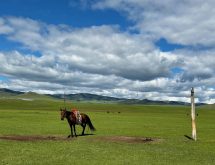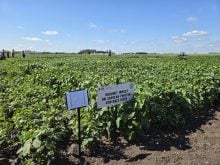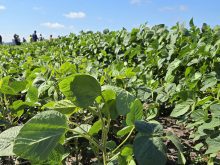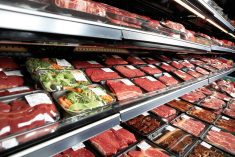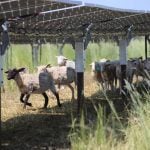Despite months of depressed prices and fears of a potential price
collapse late in the year, Canada’s hog breeding herd continues to grow.
The number of sows and bred gilts in Canada as of Oct. 1 was 1.53
million, up by 3.3 percent compared to the year before, according to
Statistics Canada.
The increase was greater in the West, up 4.8 percent over the year
before.
This is in sharp contrast to the United States, where there were 5.87
million sows and bred gilts on Oct. 1, down by two percent from last
Read Also
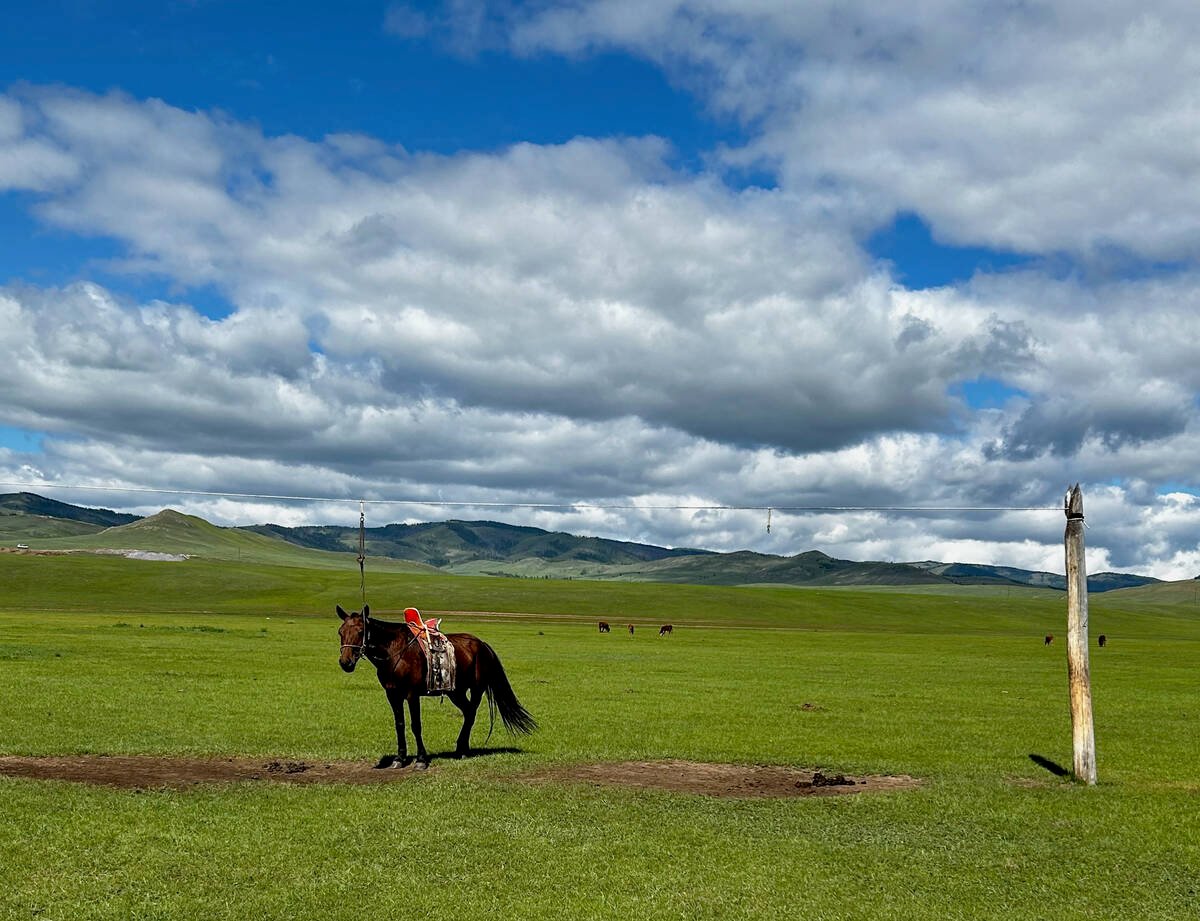
University of Saskatchewan experts helping ‘herders’ in Mongolia
The Canadian government and the University of Saskatchewan are part of a $10 million project trying to help Mongolian farmers modernize their practices.
year.
While the breeding herd in Canada is still growing, the pace of growth
has slowed. For example, between Oct. 1, 2000, and Oct. 1, 2001, the
national breeding herd grew by about seven percent.
Manitoba continued to lead all provinces with a nine percent increase
this year.
Janet Honey, Manitoba Agriculture’s livestock market analyst, said the
new breeding animals are mainly the result of new barn construction.
“For the first nine months we did have barns built and sows put in
place as planned,” she said, adding it takes many months to get a barn
approved and built.
“There are quite a few more barns that are planned or maybe have
started to be built, but I have heard that people are starting to wait
to see which way things are going to go before they continue with their
plans.
“We may see things slow down a little bit next year, depending on which
way the markets go and what happens with country-of-origin labelling.”
A glut of pork, beef and especially poultry has weighed down hog prices
all year. Also, the usual fourth quarter increase in the number of
market-ready hogs threatened to overwhelm slaughter capacity as it did
in 1998.
But producers might have avoided the worst of it by marketing hogs
early, preferring an unpleasant price dip in late summer to an all-out
disaster in late fall.
Another unknown on the horizon is how American hog feeders and packers
will handle country-of-origin labelling, or COOL, a measure now
voluntary but scheduled to become mandatory by the fall of 2004. There
is potential that COOL could cause American packers to avoid imports.
But if producers can get by these problems, they can look forward to a
stronger market next summer.
Honey said a recent report by agricultural analyst Sparks Co. said that
a one percent change in American hog numbers produces a price change of
about 10 percent.
The drop in the American sow herd should result in fewer market hogs by
next summer.
“So if they have a two to three percent decrease in hog numbers in the
second and third quarter, which is what it looks like from the latest
inventory numbers, then that should push prices up about 25 percent,”
barring the unexpected, she said.


